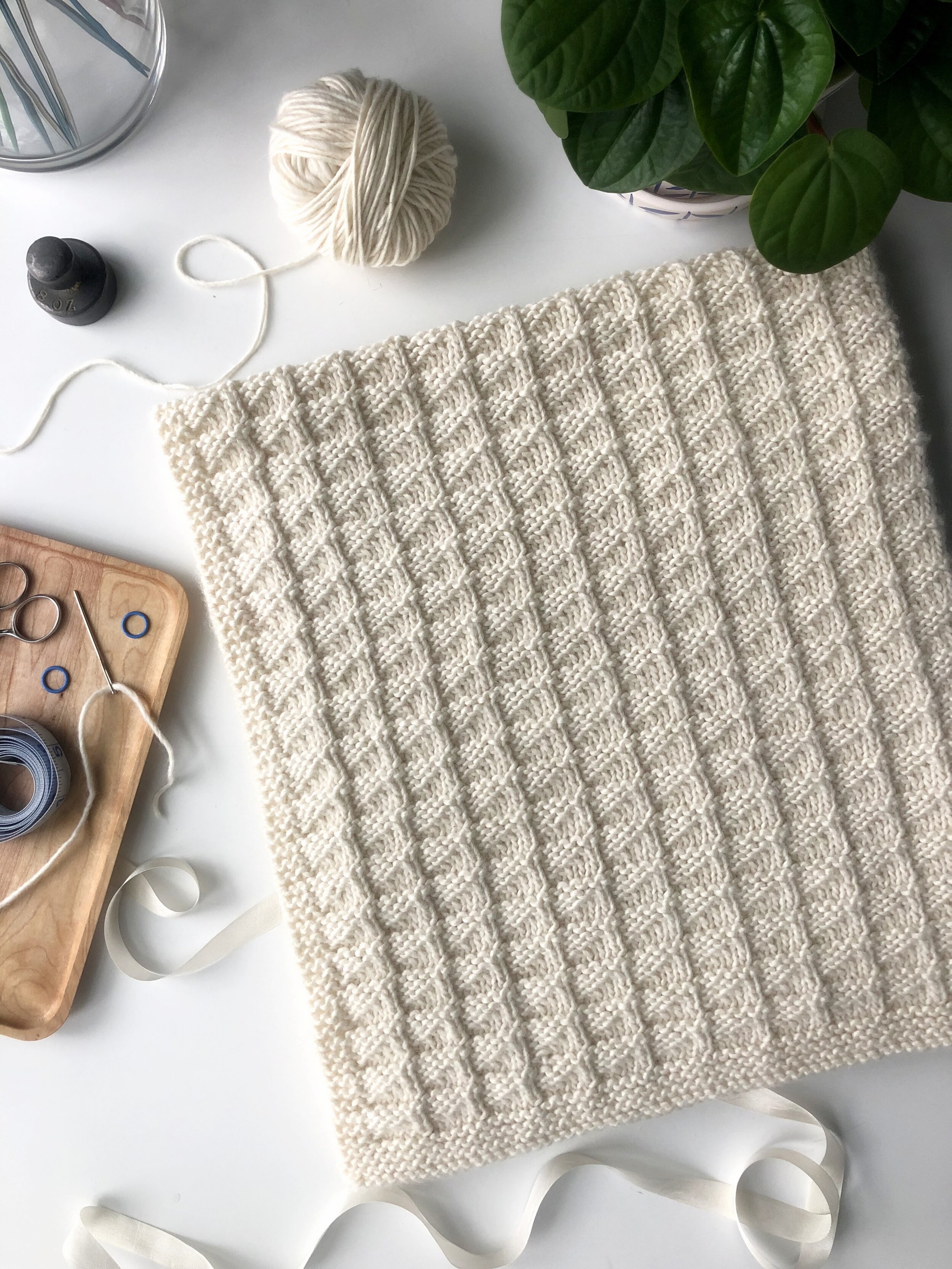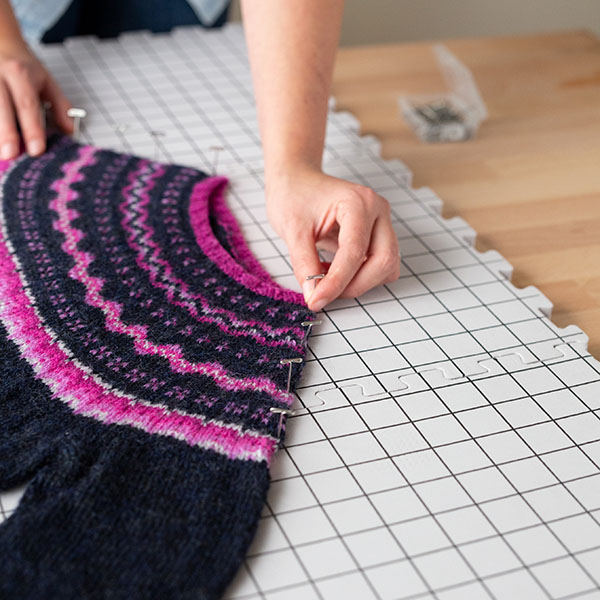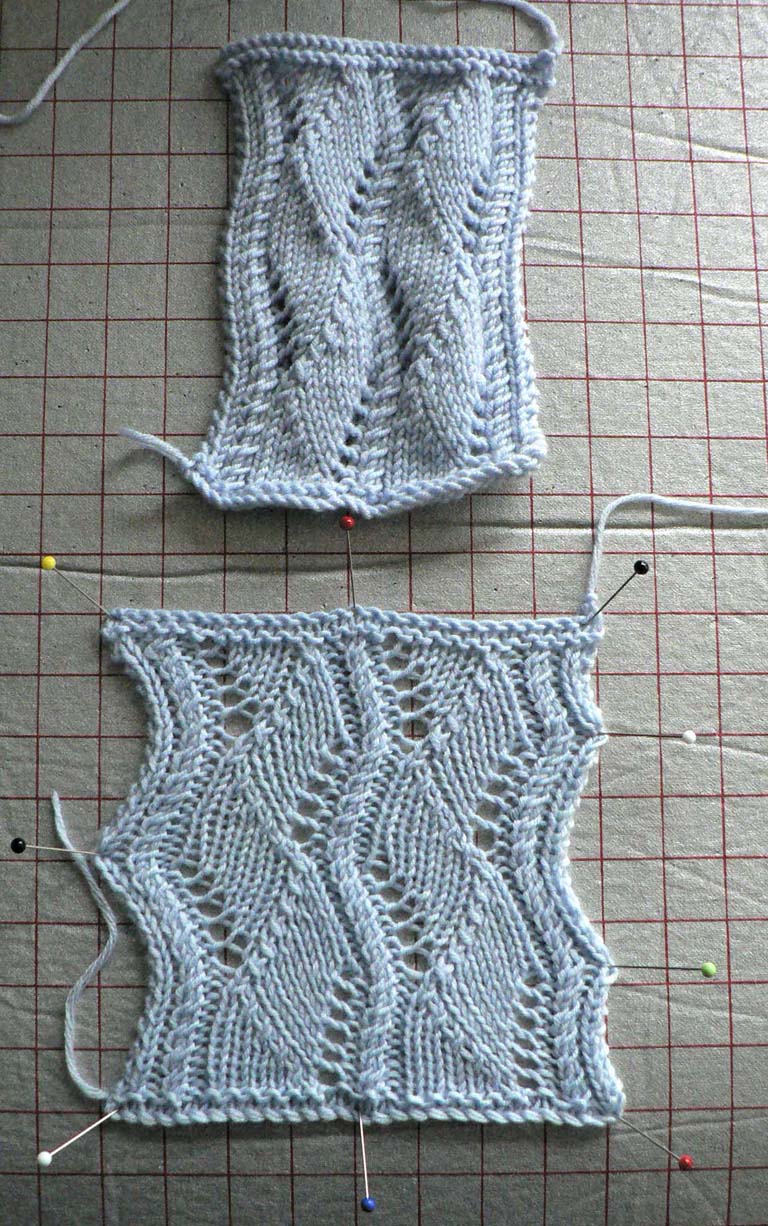Block In Knitting
Block In Knitting - It evens out the stitches and the edges and gives your piece that finished look. Why should you block knitting? Check out the following to learn invaluable tips for blocking knitting. You could use any flat surface to block your garments (i'm partial to the knitter’s block), just be sure that your knitted piece lies flat and fully dries so that its shape sets. Once you’ve finished knitting your blanket, scarf, throw, washcloth, sweater, or other knit project, you need and want to block it. How to block your knits. The needles and pins of it all. Blocking is a method of stretching and shaping a finished knitted piece to reach the dimensions suggested in the pattern, to make two pieces that need to match the same size, or to make. Web there are 3 methods of blocking: 11k views 3 years ago. You could use any flat surface to block your garments (i'm partial to the knitter’s block), just be sure that your knitted piece lies flat and fully dries so that its shape sets. To squeeze out the excess water from your knitting. To start, you will need: In this video, i show you what yarns should be blocked an. Blocking. Why should you block knitting? Get your project wet by soaking, steaming, or spraying with a spray bottle. How to block your knits. Web blocking is one of the most transformative processes in knitting. 63k views 1 year ago knitting tips, hints, and secret techniques. I do this by submerging my knitting and pressing out the bubbles. I’ve learned a lot about wet blocking through the years. How to block your knits. Web do you block your knitting? Remove as much extra moisture as possible, typically with a towel. How to block your knits. Remove as much extra moisture as possible, typically with a towel. 63k views 1 year ago knitting tips, hints, and secret techniques. Web there are 3 methods of blocking: I’ve learned a lot about wet blocking through the years. Web there are three main ways to block a knitting project: Lay your project flat, matching the finished dimensions. How it works and what you need to be aware. Blocking is the finishing touch to a knitting project. Doing so may distort the stitches beyond correction. Why blocking is an essential last step in knitting. Web blocking is the process of wetting or steaming your final pieces of knitting to set the finished size and even out the stitches. Wondering if your project really needs to be blocked? Web in this knitting skills video, you'll learn what blocking a knitted item means and how to block. Instructions and tips for how to block knitting projects using wet blocking, spray blocking, and steam blocking. Here’s a quick summary of how each method works. Web blocking refers to the process of stretching and shaping a finished piece to ensure it is the proper size and shape. To start, you will need: Use a steamer ( here is a. The needles and pins of it all. Blocking your finished knitting project makes a big difference in the appearance of your project! 63k views 1 year ago knitting tips, hints, and secret techniques. Web how to block knitting in 7 steps: Web there are 3 methods of blocking: Before wet blocking anything, check its label for instructions to avoid causing any irreversible damages to it. The blocking process will help secure the ends in place. Doing so may distort the stitches beyond correction. Web on january 29, 2021. Wet blocking, steam blocking, and spray blocking. Try to get one with a tank as large as possible. Fill your sink or basin with cool water and a squeeze of wool wash (or shampoo). The needles and pins of it all. Blocking socks and hats is a little different, so we'll discuss that process below. It is a simple matter of washing or wetting your newly knitted. Instructions and tips for how to block knitting projects using wet blocking, spray blocking, and steam blocking. Blocking also helps shape the knitted fabric to its intended dimensions, ensuring that garments, such as socks, mittens, and sweaters, fit comfortably and accurately according to the pattern’s. Should you block every project? Blocking is a method of stretching and shaping a finished knitted piece to reach the dimensions suggested in the pattern, to make two pieces that need to match the same size, or to make. Do not rub, twist, or wring a handknit. Web posted on december 29, 2019 henni. Web blocking is the process of wetting or steaming your final pieces of knitting to set the finished size and even out the stitches. Wet blocking, steam blocking, and spray blocking. Lay your project flat, matching the finished dimensions. Wondering if your project really needs to be blocked? This guide can be used to wet block knitwear such as jumpers, cardigans, scarves, shawls, and so on. 6 steps to block your hand knits. It is a simple matter of washing or wetting your newly knitted item and letting it dry flat in the shape you wish it to have. Steam, wet and spray blocking. We sell curated yarns, knitting kits,. Web there are 3 methods of blocking:
3 Things Blocking Knits Can Fix (and 3 Things It Can’t) Knitting
![How to block knitting [The ultimate tutorial]](https://nimble-needles.com/wp-content/uploads/2023/03/a-knitted-project-before-and-after-blocking.jpg)
How to block knitting [The ultimate tutorial]

How to wet block a sweater knit in the round / super wash wool blocking

How to Block 100 Acrylic Yarn The Best Way for Knit + Crochet YouTube

HowTo Block Knitting Ultimate Guide Wet Blocking & More Interweave

How to Block Your Knitting Cocoknits

How to Block Knitting Blocking a Hand Knit Blanket Tutorial Final

Blocking Knitting Video How to block knitting Knitting Then learn

Blocking Knitting Video How to block knitting Knitting Then learn

Knitting and More Blocking Your Knitting
You Could Use Any Flat Surface To Block Your Garments (I'm Partial To The Knitter’s Block), Just Be Sure That Your Knitted Piece Lies Flat And Fully Dries So That Its Shape Sets.
Scroll To The Bottom Of This Post And.
Once You’ve Finished Knitting Your Blanket, Scarf, Throw, Washcloth, Sweater, Or Other Knit Project, You Need And Want To Block It.
Doing So May Distort The Stitches Beyond Correction.
Related Post: